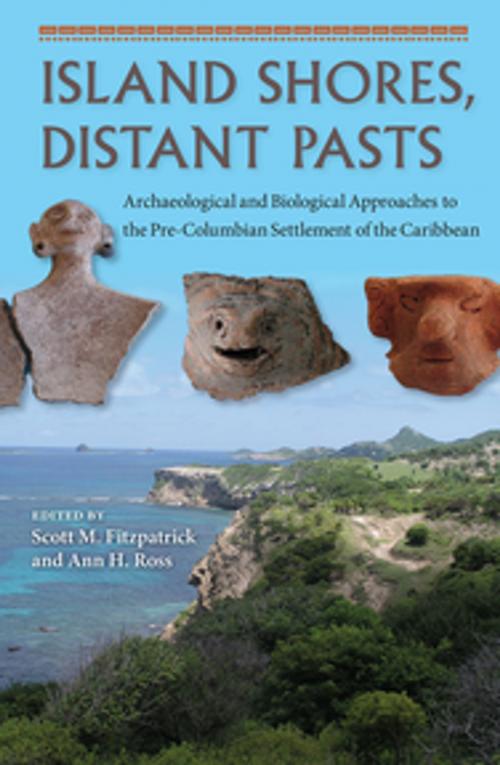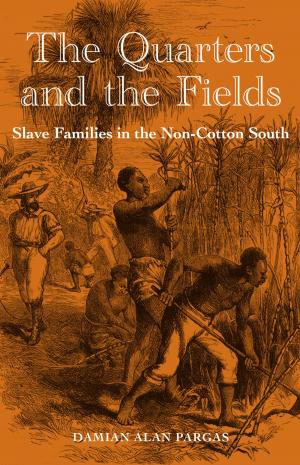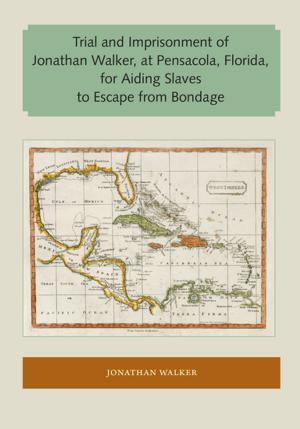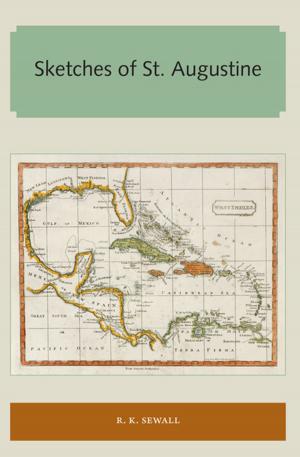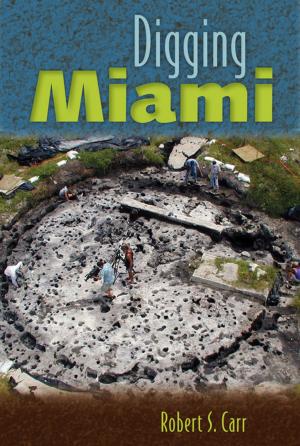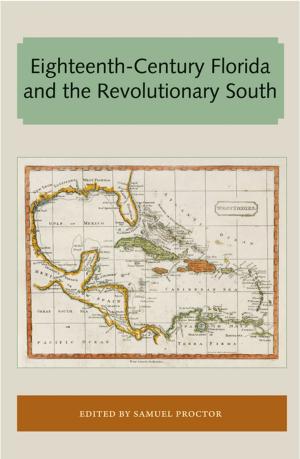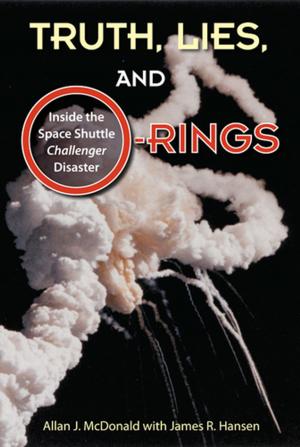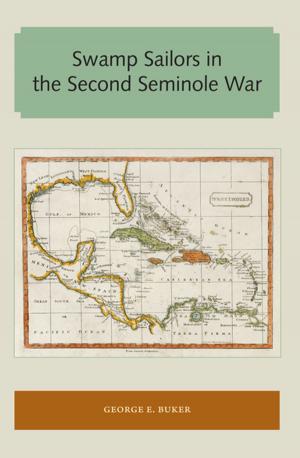Island Shores, Distant Pasts
Archaeological and Biological Approaches to the Pre-Columbian Settlement of the Caribbean
Nonfiction, Social & Cultural Studies, Social Science, Archaeology, Anthropology| Author: | ISBN: | 9780813063140 | |
| Publisher: | University Press of Florida | Publication: | May 9, 2017 |
| Imprint: | University Press of Florida | Language: | English |
| Author: | |
| ISBN: | 9780813063140 |
| Publisher: | University Press of Florida |
| Publication: | May 9, 2017 |
| Imprint: | University Press of Florida |
| Language: | English |
"An excellent compilation of new methods and theories in Caribbean archaeology. . . . Not only materialize[s] the methodological advance in Caribbean archaeology, but also signif[ies] the strong theoretical progression that this discipline is experiencing."--Journal of Caribbean Archaeology "Look[s] beyond the field of archaeology to include new techniques from genetics, computer simulation, and physical anthropology. . . . Unquestionably moves our understanding of the settling of the Caribbean forward and provides several new provocative avenues for further exploration."--New West Indian Guide "Demonstrate[s] various methods that introduce new insights into the investigation of Caribbean prehistory, revealing the complexity of pre-Columbian cultures, peoples, and their movements. . . . [and] contributes to a totalizing view of the colonization process in the Caribbean."--Caribbean Quarterly "Can be considered as a real starting point for a biological approach of the pre-Columbian settlement of the Caribbean."-- Benoit Berard, Universite des Antilles For more than a century, archaeologists and anthropologists have searched for evidence of when and how peoples first settled the Caribbean islands. Research on this area is pivotal for understanding the migration of peoples in the New World and how small and large populations develop biologically and culturally through time. This unique collection synthesizes our archaeological and biological knowledge about the pre-Columbian settlement of the Caribbean and highlights the various techniques we can use to analyze human migration and settlement patterns throughout history. Newer and well-established techniques, like computer simulations of seafaring, radiocarbon dating, three-dimensional and traditional craniometrics, stable isotopes, and ancient and modern DNA analysis, show great promise for helping us better understand pre-Columbian Caribbean population expansions, while demonstrating the utility of integrating and comparing biological markers with the archaeological record. Surprisingly little attention has been paid to migrations, population movements, and island colonization in the Caribbean islands. This volume fills that void. Scott M. Fitzpatrick is professor of archaeology at the University of Oregon and founding coeditor of the Journal of Island and Coastal Archaeology. Ann H. Ross is professor of biological sciences at North Carolina State University. She is a contributor to Digging Deeper: Current Trends and Future Directions in Forensic Anthropology and Archaeology. A volume in the series Bioarchaeological Interpretations of the Human Past, edited by Clark Spencer Larsen
"An excellent compilation of new methods and theories in Caribbean archaeology. . . . Not only materialize[s] the methodological advance in Caribbean archaeology, but also signif[ies] the strong theoretical progression that this discipline is experiencing."--Journal of Caribbean Archaeology "Look[s] beyond the field of archaeology to include new techniques from genetics, computer simulation, and physical anthropology. . . . Unquestionably moves our understanding of the settling of the Caribbean forward and provides several new provocative avenues for further exploration."--New West Indian Guide "Demonstrate[s] various methods that introduce new insights into the investigation of Caribbean prehistory, revealing the complexity of pre-Columbian cultures, peoples, and their movements. . . . [and] contributes to a totalizing view of the colonization process in the Caribbean."--Caribbean Quarterly "Can be considered as a real starting point for a biological approach of the pre-Columbian settlement of the Caribbean."-- Benoit Berard, Universite des Antilles For more than a century, archaeologists and anthropologists have searched for evidence of when and how peoples first settled the Caribbean islands. Research on this area is pivotal for understanding the migration of peoples in the New World and how small and large populations develop biologically and culturally through time. This unique collection synthesizes our archaeological and biological knowledge about the pre-Columbian settlement of the Caribbean and highlights the various techniques we can use to analyze human migration and settlement patterns throughout history. Newer and well-established techniques, like computer simulations of seafaring, radiocarbon dating, three-dimensional and traditional craniometrics, stable isotopes, and ancient and modern DNA analysis, show great promise for helping us better understand pre-Columbian Caribbean population expansions, while demonstrating the utility of integrating and comparing biological markers with the archaeological record. Surprisingly little attention has been paid to migrations, population movements, and island colonization in the Caribbean islands. This volume fills that void. Scott M. Fitzpatrick is professor of archaeology at the University of Oregon and founding coeditor of the Journal of Island and Coastal Archaeology. Ann H. Ross is professor of biological sciences at North Carolina State University. She is a contributor to Digging Deeper: Current Trends and Future Directions in Forensic Anthropology and Archaeology. A volume in the series Bioarchaeological Interpretations of the Human Past, edited by Clark Spencer Larsen
